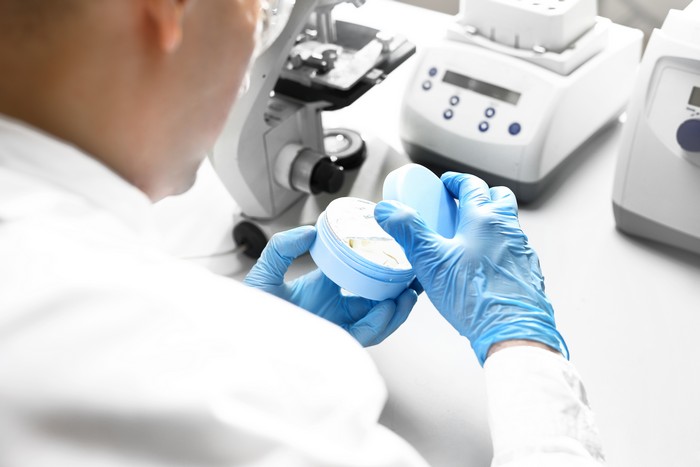Since the Covid-19 pandemic, hand sanitizers and sprays have become essential in cities around the world: However, efforts to create “sterile urban environments” – whether in offices, schools or shopping malls – may be backfiring, according to a new study. Which highlighted that we might instead be creating an army of disinfectant-resistant germs.
The British newspaper “Daily Mail” reported that scientists from Xi'an Jiaotong-Liverpool University in China took samples from internal surfaces in Hong Kong, as well as from human skin, and concluded that microbes consume chemicals from food products to survive. Although the study focused on samples from Hong Kong, the expert team believes that similar results could be observed in other cities.
The study was published in the journal “Microbiome” shortly after scientists from the Spanish company Darwin Bioprospecting Excellence SL discovered radiation-resistant microbes that multiply inside microwave ovens. The scientists collected 738 samples from a variety of environments – subways, homes, public facilities, sidewalks and human skin.
According to the study's lead author, Shenzhao Tong, it focused on “built environments” – man-made structures that make up the environment for human activity. “Examples of built environments include residential and office buildings and public transportation systems, such as subways or metro stations,” the expert said. “Our use of cleaning and other manufactured products creates a unique environment that places selective pressures on microbes that must adapt or be eliminated.”
“Each gene encodes a specific function, which helps us understand the strategies microbes use to adapt and survive in the built environment,” he said. Overall, the research team identified 363 previously unidentified microbial species that live on our skin and in the environment around us. Some of these variants carry genes to metabolize chemicals found in common cleaning products – such as alcohol and ammonium ions – and use them as sources of carbon and energy.
Among the variants was one of Candidatus eremiobacterota, a bacterium that has so far only been reported in Antarctic soil. “We found a new microbial variant of eremiobacterota that is well adapted to residential areas and human skin, and can metabolize alcohol, which is an essential ingredient in many hand sanitizers,” Tong said.
None of the microbes identified in the study are considered pathogenic, meaning they are capable of causing disease in humans. However, the team has discovered a new species in the genus Pseudomonas, which carries a large number of genes associated with antimicrobial resistance (AMR) – antimicrobial resistance occurs when bacteria and other microbes adapt and evolve in response to modern chemicals designed to kill them. The “superbugs” become extremely powerful.
“Prolonged exposure to suboptimal concentrations of disinfectants can drive microbial evolution, leading some microbes to develop resistance and even use disinfectants as an energy source,” Tong stressed. “While cleaning products can effectively neutralize or eliminate most harmful microbes, the disinfectants we use in everyday life are often applied less frequently and are gentler than those used in clinical settings.”
“As a result, some microbes can adapt and develop greater resistance to these mild disinfectants, allowing them to survive over time,” the scientist concluded.

“Coffee trailblazer. Social media ninja. Unapologetic web guru. Friendly music fan. Alcohol fanatic.”

